
Little Passports is a subscription box that helps kids explore the world through fun and educational activities. They offer Early Explorers (recommended ages 3-5), World Edition (recommended ages 6-10), USA Edition (recommended ages 7-12), Science Junior (recommended ages 5-8) and, Science Expeditions (recommended ages 8+). Along with monthly subscription options, Little Passports also offers "Individual Activity Kits" that can be ordered along with any subscription at the time of purchase.

This review is of the Little Passports: Science Expeditions Introductory Box which is the first box you will receive by purchasing a monthly subscription for $27.95.
This box was sent to us at no cost for review. (Check out the review process post to learn more about how we review boxes.)

About Little Passports: Science Expeditions
The Subscription Box: Little Passports: Science Expeditions
The Cost: $27.95 per month + free shipping (save with longer subscriptions)
The Products: Science experiments, plus a comic book related to the monthly theme, designed for children ages 8+
Ships to: U.S. for free, Canada for $4.50, and Australia, Denmark, France, Germany, Hong Kong, Ireland, Israel, Japan, Netherlands, New Zealand, Singapore, South Korea, Sweden, and the U.K. Find more international shipping info here!
Little Passports: Science Expedition Introduction Box Review
While I have subscribed to Little Passports Early Explorers and World Edition, I have not yet had the pleasure of checking out their Science Expedition line until now, and I have to say the first package was a hit! Read below to find out more.
Little Passports Forensic Science and the Great DNA Caper Comic and Guide
Each monthly kit comes with a themed comic/activity book. This month we were helping crack the case of missing Aunt Charlie. Hank enjoyed the comic, and really loved the included activities. His favorite this month was matching the fingerprints on the objects to Sam, Sofia, Aunt Charlie, and Marie. I thought this was very well thought out, educational, fun, and perfectly suited to the theme.

While Hank hasn't had a whole lot of experience with comic books, he certainly liked this story, and loved the illustrations!

The activities included were challenging, yet fun and really kept Hank's attention!
Tote Bag
Because this was our first package, we received a signature Science Expeditions tote bag. We have a relatively large amount of these types of bags in our house, but my son was especially excited to claim this as his own. It is the perfect size to store all of the included materials in it, and keep all future literature in one place! Plus, it looks really cool.

Decisions, decisions....should he keep his Science items in it, or should he use it to help haul our groceries home?
Lab Notebook
How would one record data if we didn’t receive a handy dandy Science lab notebook? This notebook is full of pages to record experiment data. There is even a spot for your name on the front! It is neatly organized with areas to put the experiment name, date, and observations. The graph paper design is great for drawing pictures and making charts without needing a ruler. Hank was more excited about this than I initially thought he would be, and couldn’t wait to write about the process of extracting DNA from a strawberry.
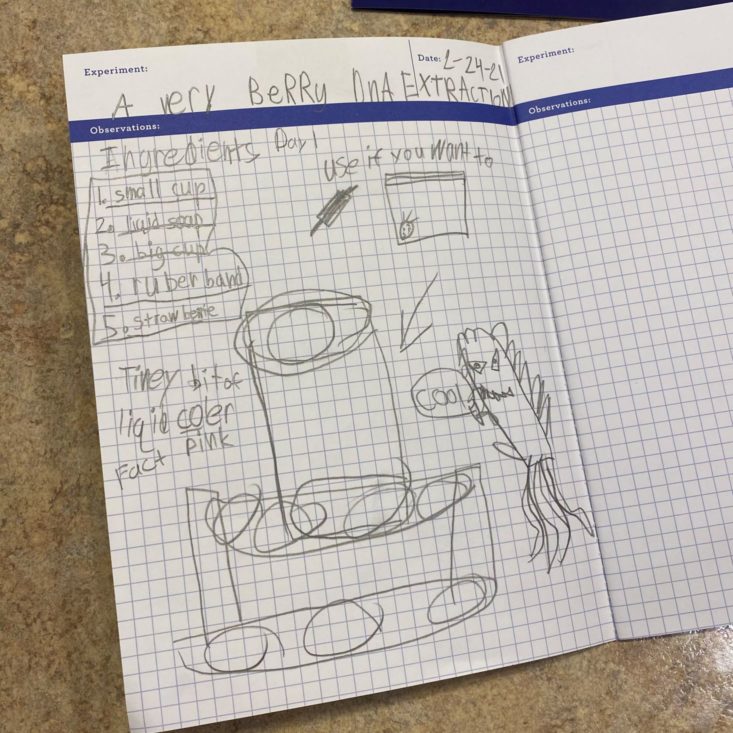
Hank took it on himself to fill out his notes. He wrote exactly what he wanted to remember from this experiment, and decided to draw a picture. How do you like his DNA monster?!
Investigation Guide
After we read through the comic and did the activities, we moved onto the investigation guide. This pamphlet features all of the month's experiments with well written instructions, pictures, and tips. Everything was well explained and included times of completion as well as the area of science being studied.
Included Supplies
For this month's experiments, we received the following supplies: test tube rack, test tube with cover, rubber bands, magnifying glass, pipette, balloon, filter, ink, and a vial with a cover. The one thing I will say about this month’s box that surprised me was the need for a lot of supplies from home. I’m sort of used to everything being included in the box, so this was a little shocking, but we thankfully had everything we needed on hand. I recommend reading the instructions to each activity thoroughly before starting. Not only to make sure you have the necessary supplies, but also because we discovered one of our ingredients needed to chill for 30 minutes in the freezer before we used it….let’s just say Hank was happy about this as his bedtime was pushed back that much longer! Once you have read through the instructions and gathered your supplies, you are ready to begin.
Experiment #1: A Very Berry Extraction
Our first project this month was to extract DNA from a fruit. There was a list of recommended fruits, but we followed the instructions and used a strawberry.
Side note: I have my Bachelor’s Degree in Medical Technology and worked as a Med Tech for 6 years, so extracting DNA was absolutely my thing -- so cool!!! Anyways, to start extracting the DNA, you need to put your strawberry in a secured bag and smash it up for at least 2 minutes.
In a cup, add water, soap solution, and salt, mixing well and then pour that into the crushed strawberry mixture to mix once again.
Using a small cup, we laid the included filter on top and secured it with a rubber band creating a small dip in the top to make space for our strawberry pulp to filter without overflowing. We then carefully cut the corner of the bag and gently poured the mixture into the filter, letting it sit for 10 minutes. By this point, my son was surprised at the amount of time scientists have to wait!
When the timer buzzed, we slowly took the filter off the top of the cup and poured our contents that made it into the cup in our test tube. Adding about 25 mL of rubbing alcohol, we shook our mixture and let it sit for another 10 minutes. Even before the 10 minutes passed, we were able to see strands starting to float up. By the time the timer buzzed we had a large mass of white strings on the top of our test tube, and smaller threads throughout the tube. These were our strings of DNA! How awesome is that?! Once extracted, DNA can be used for molecular analyses including PCR, electrophoresis, sequencing, fingerprinting, and cloning...while we didn’t get to do any of that, it was still pretty darn neat to do something real scientists do!
Experiment #2: Hints from Prints
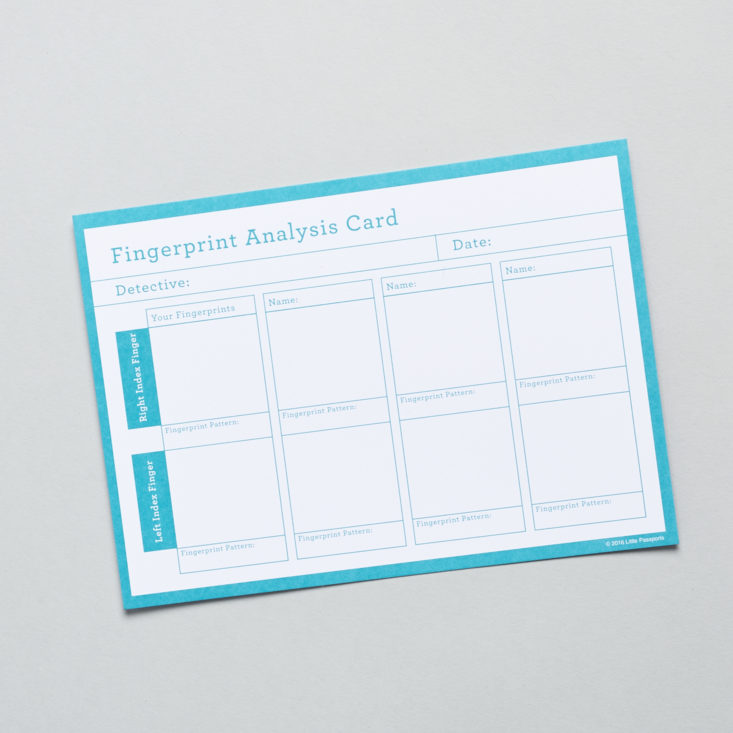
Fingerprint Analysis Card
For our next experiment, we learned about how to collect a proper fingerprint, and a card to put our data on once we perfected our technique.
Using an ink pad we practiced collecting fingerprints and analyzing them based on their physical characteristics using scratch paper and then our included analysis card. I am in the less than 35% of the population with whorls in my fingerprints -- pretty neat! Not only did we get to take a peek at our prints on the cards, but they also sent us a balloon to print up for an extra up close look. Hank rolled his finger in the ink very well, and carefully touched the balloon before it was inflated. After letting it dry, we blew up the balloon and were able to see the characteristics magnified. I do have to say, the ink wasn’t very strong, and it was quite hard to see, especially the larger the balloon got, so I would like to try this again with actual stamp ink and see if that works better. It was fun to see a larger version, especially to identify those other neat characteristics you otherwise may not be able to distinguish in a regular sized print.
Experiment #3: Spatter Studies
For our final experiment, we learned about forensics and the spatter studies. Forensic scientists often use spatters, smears, and spills to determine events at crime scenes, so this experiment taught us a few things about the details they look for in collecting clues. Again, we needed materials from home, and luckily we had them. To set up our spatter study, we filled the included plastic bottle with a mixture of paint and water. After securing the cap, we shook the bottle well, and set it to the side. Using 4 different sheets of scrap paper, we wrote various measurements on the bottom and took this experiment outside. Using the included pipette, we dropped the thinned out paint from various heights to see how the spatter changed. The pamphlet showed what our results “should” have looked like, and I have to say, we followed the directions word for word and did not get the same results. We did try varying the angles and how fast and hard we squeezed the pipette, but they all looked very similar. While it didn’t quite work out like we wanted, we did have fun, and were able to enjoy the warmer weather with a little outdoor activity!
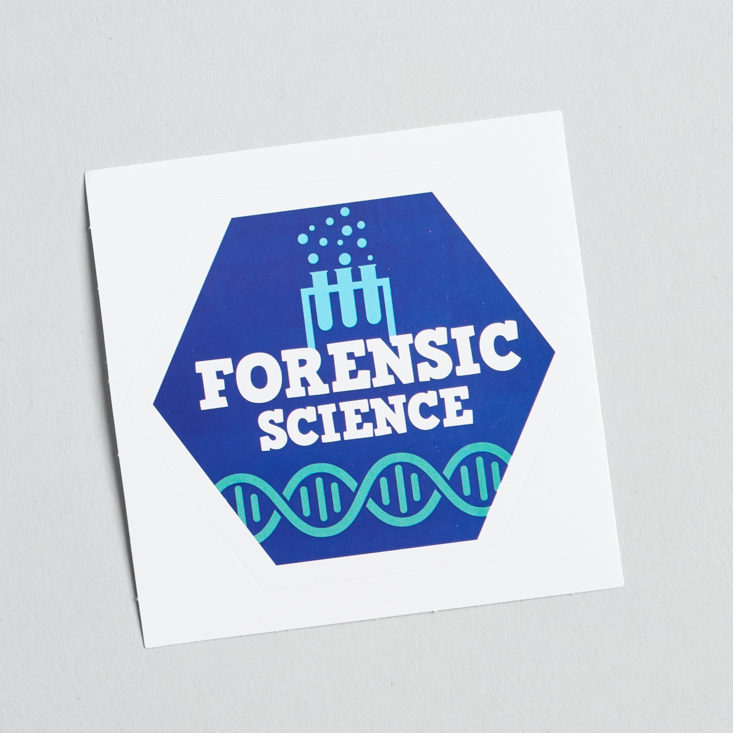
Badge
After we completed our activities we were then awarded with the "Forensic Science" Badge, as a tribute to our hard work. I love the DNA chain and test tubes -- super cute!
Verdict: As an Educator and “retired” Lab Scientist, I was really impressed with the curation of this “forensic science” themed box. I found the material engaging, well thought out, and extremely educational, all the while being fun. Extracting the DNA from the strawberry was definitely the highlight of the box for us, but the fingerprinting and spatter studies also had their place. We were a bit disappointed our spatter study didn’t quite turn out the way they suggested it should have, but we were happy to learn the background as to why those types of studies are important. The only downside of this box was the amount of supplies that were needed and not included. I understand they can’t send fruit, but I feel for $27.95 a month, other items such as plastic cups, red tempera paint, and a ruler could have been provided to balance out the cost of this box. I am looking forward to next month’s theme, and am hoping to see an increase in value with the amazing experiments.
To Wrap Up:
Can you still get this box if you sign up today? Yes, this kit will be your first box with a Science Expeditions subscription.
Check out all of our Little Passports reviews and the Kids Subscription Box Directory!
Keep Track of Your Subscriptions: Add this box to your subscription list or wishlist!
What do you think of this box?


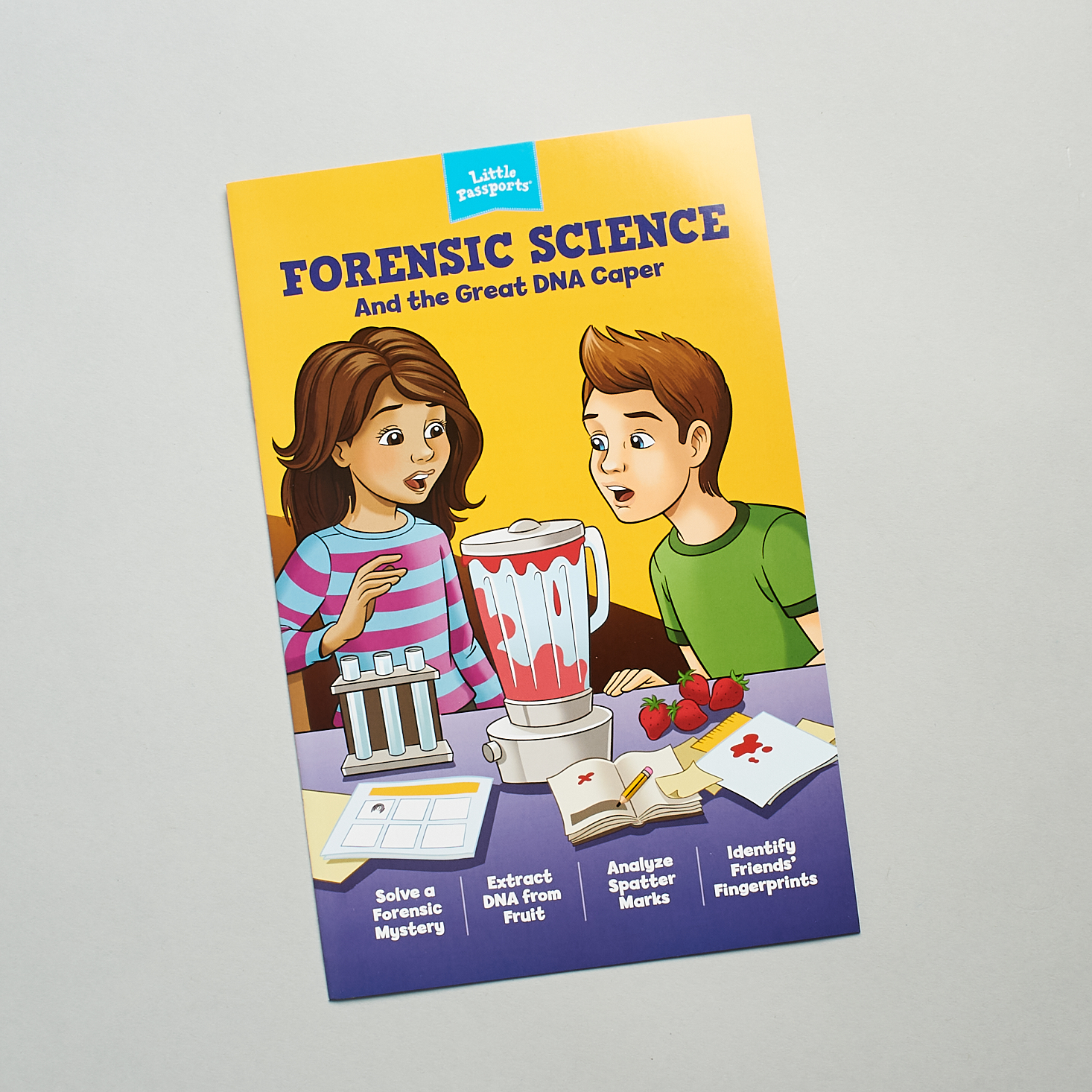
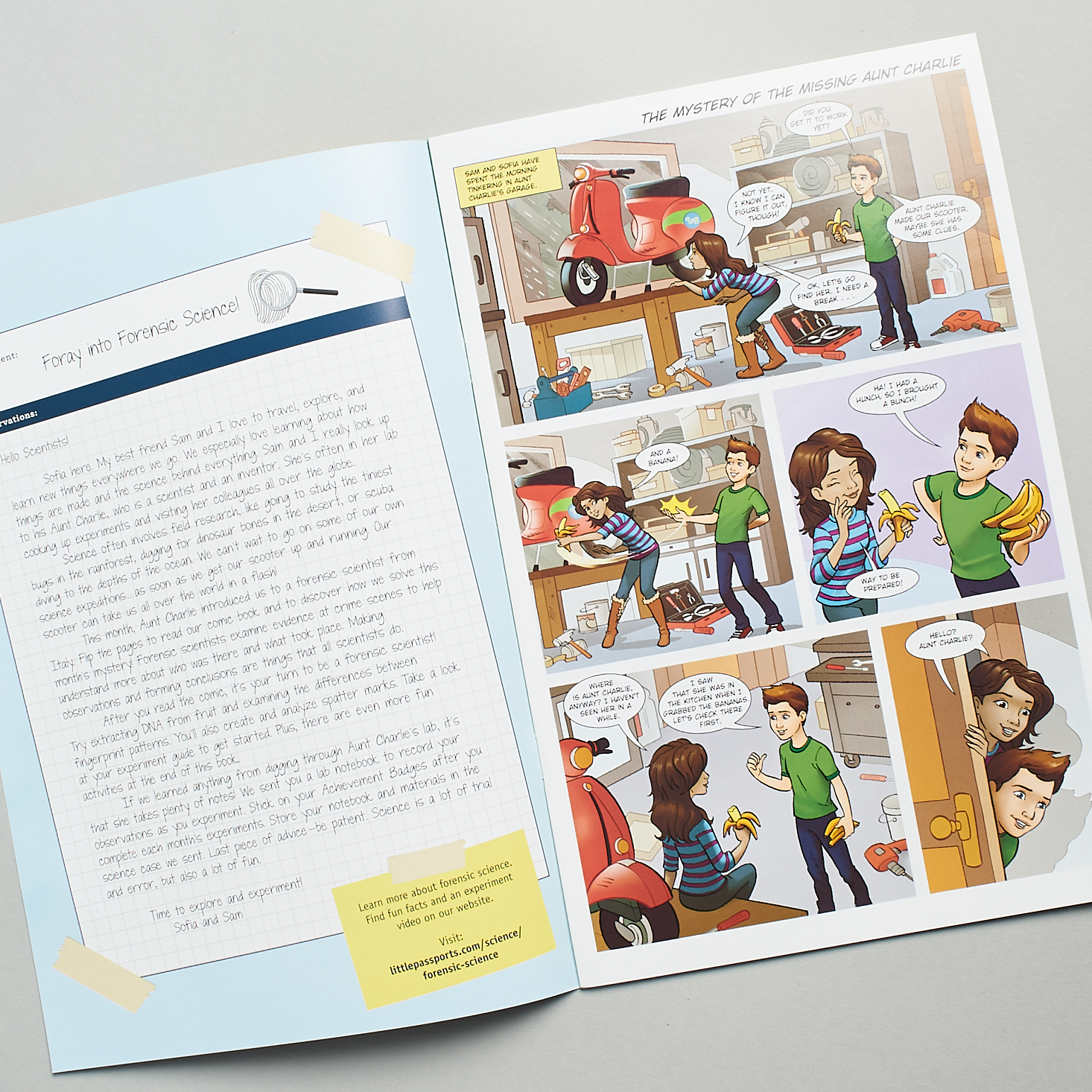

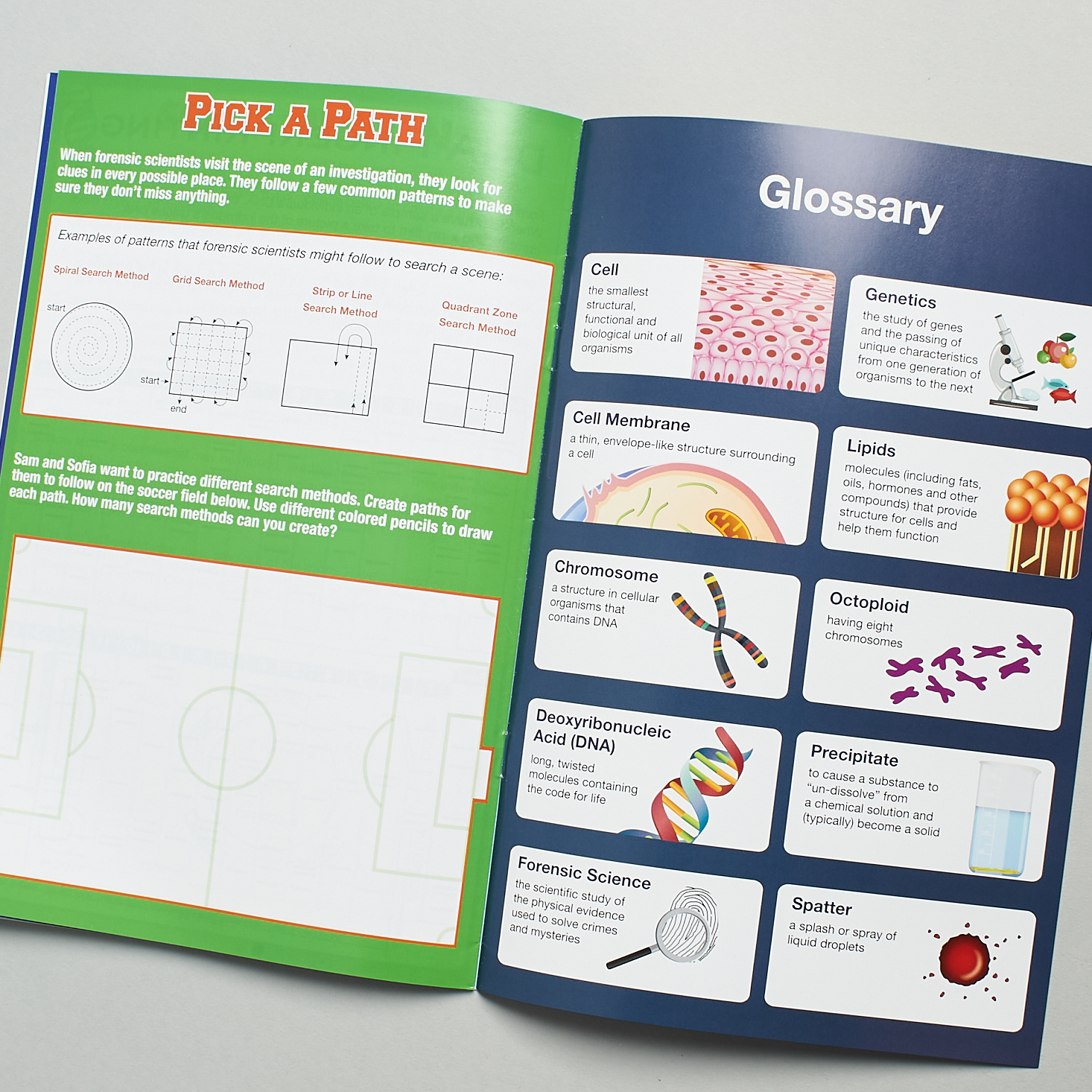





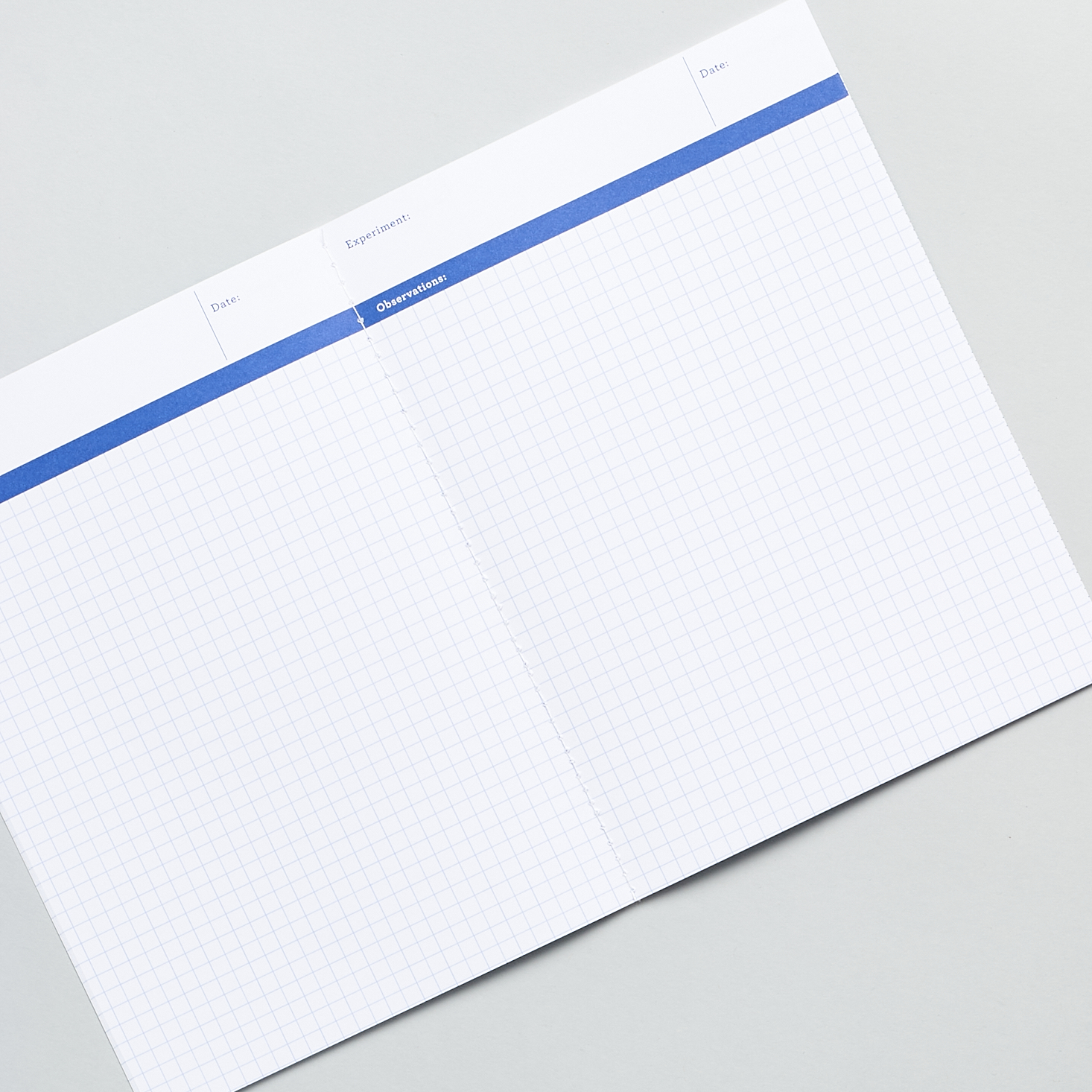
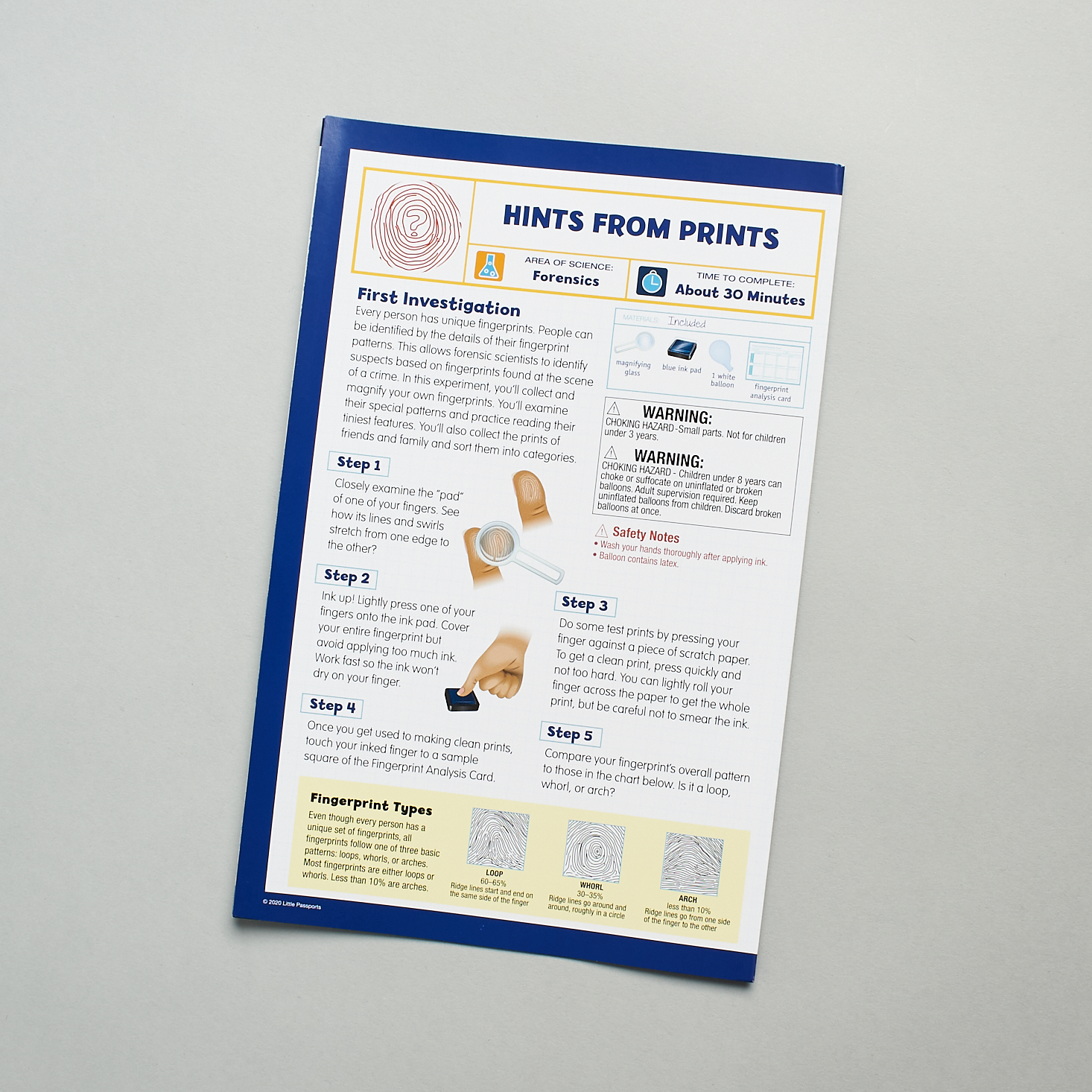
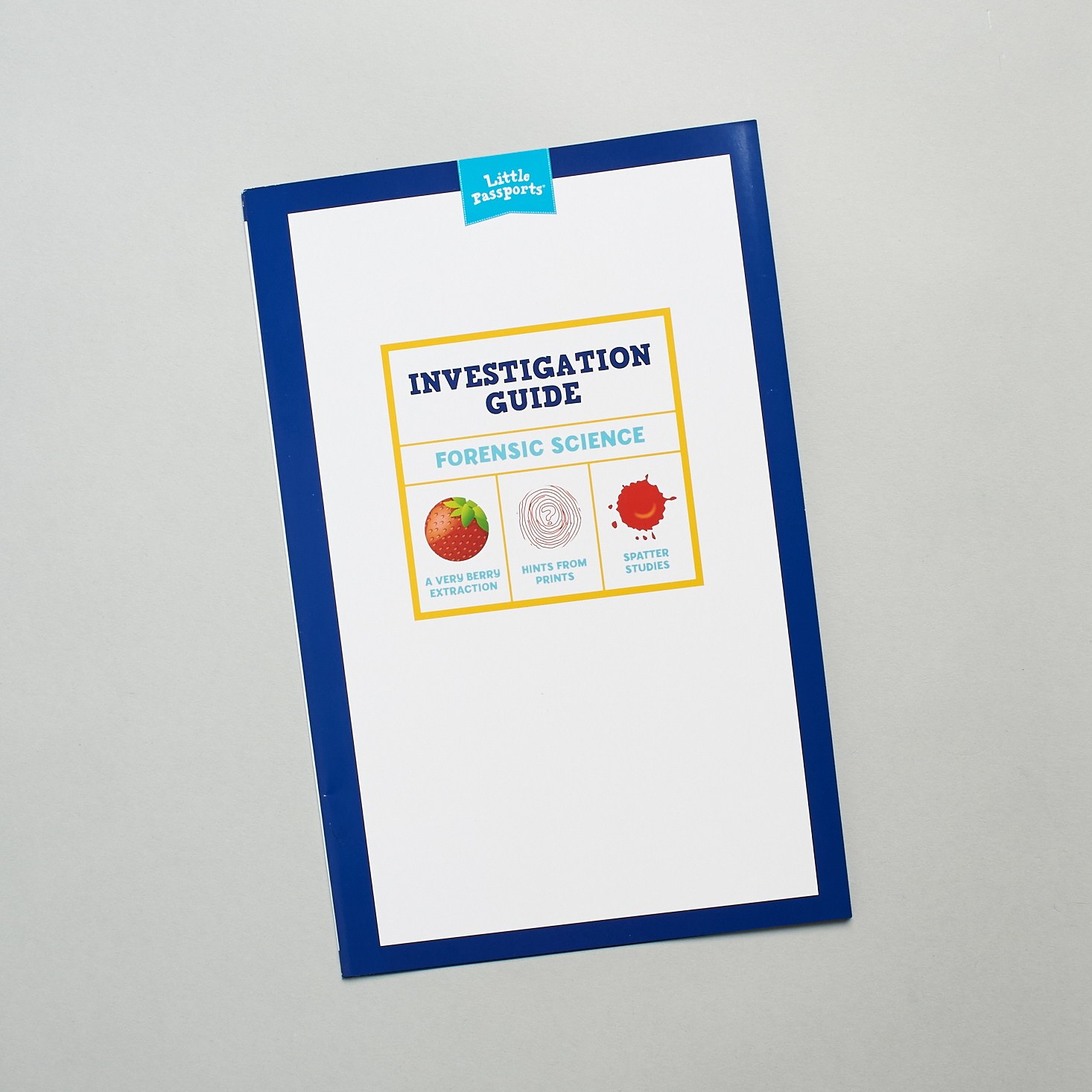


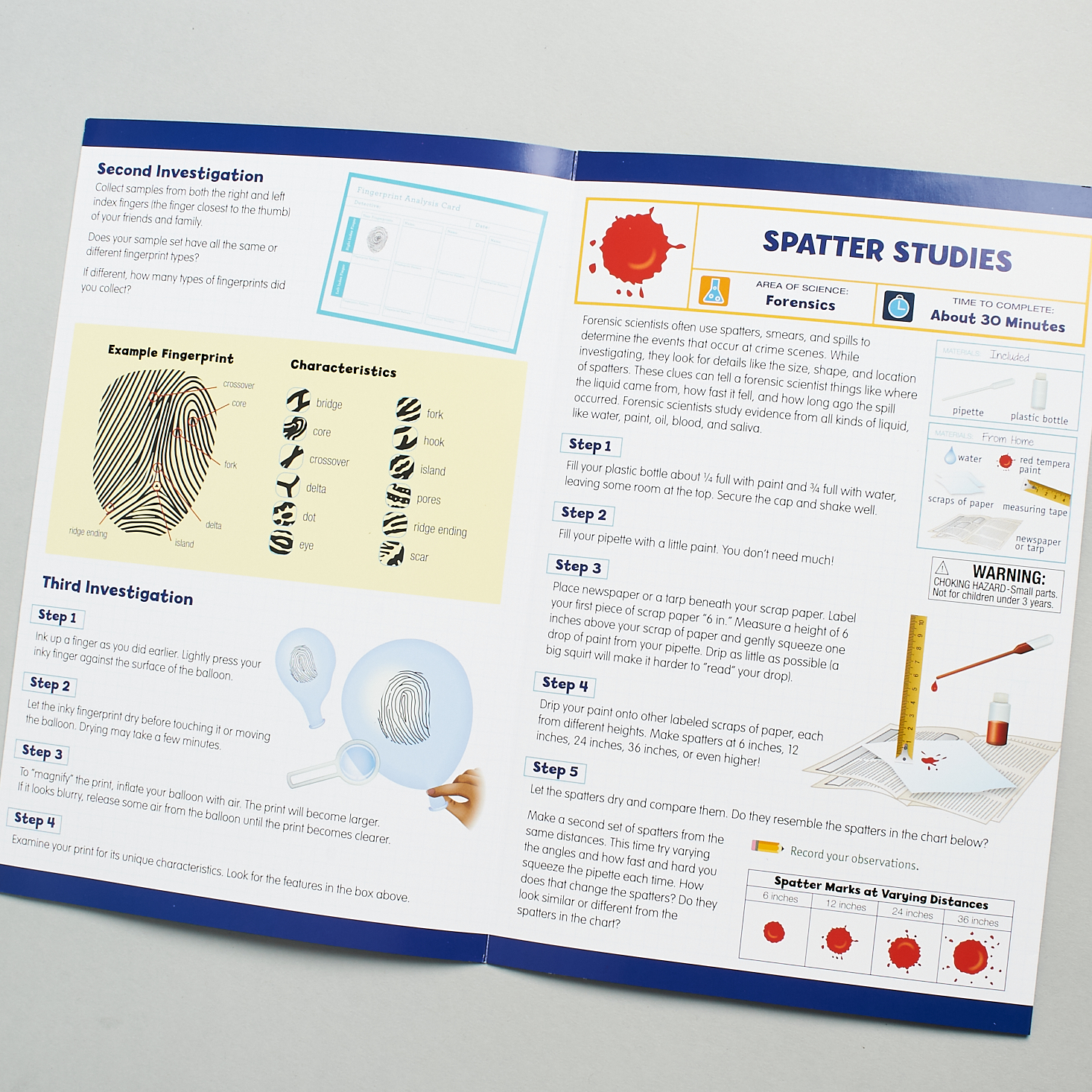


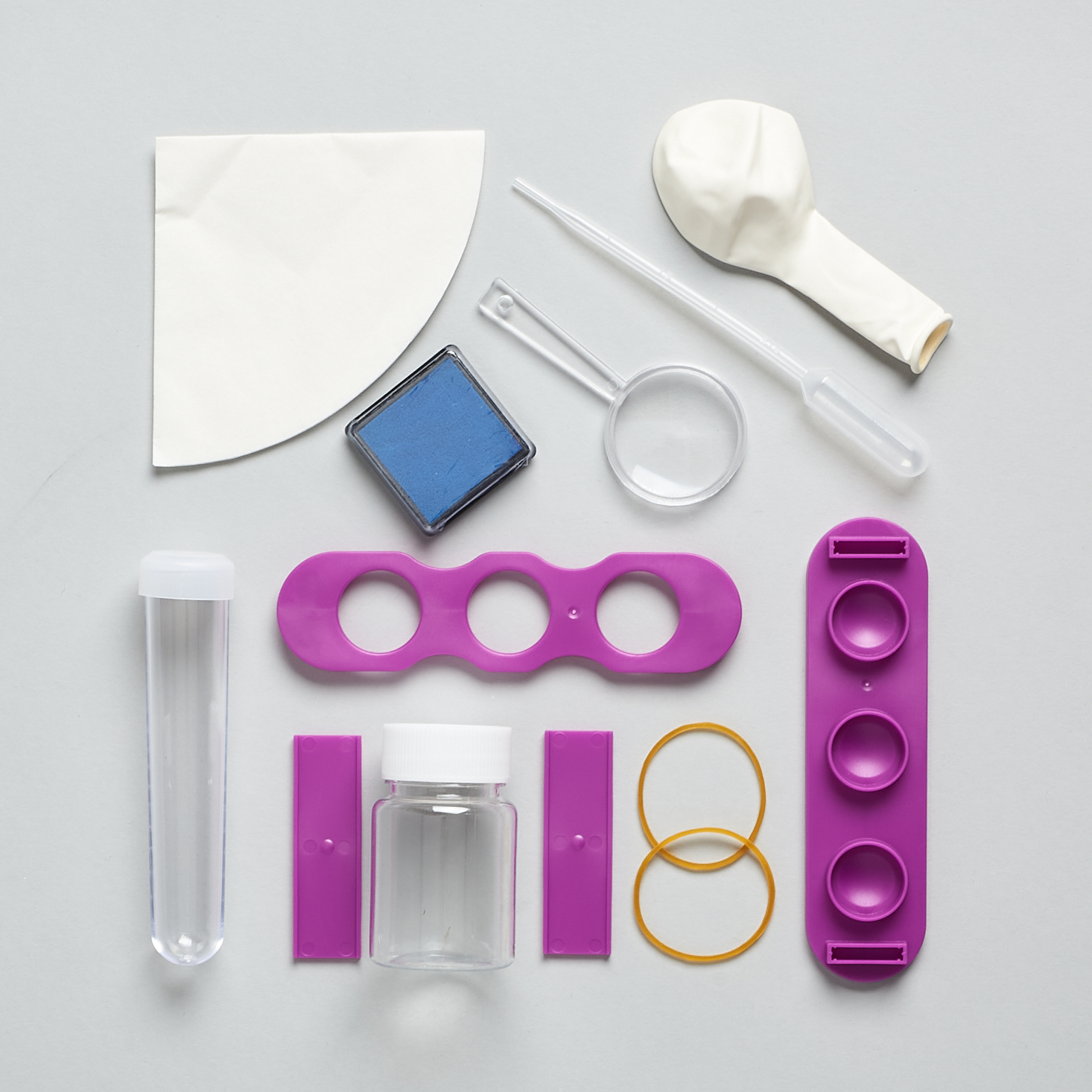
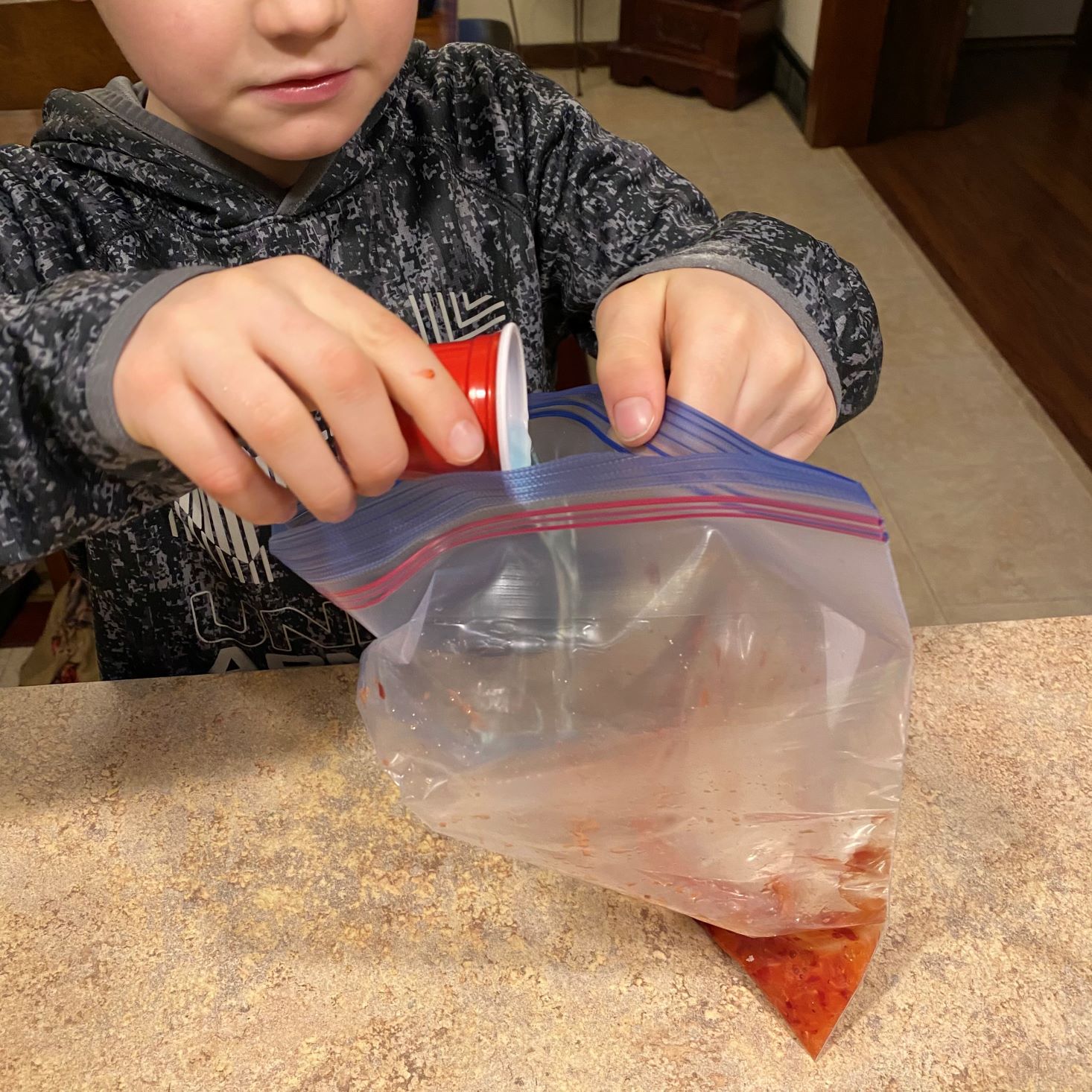

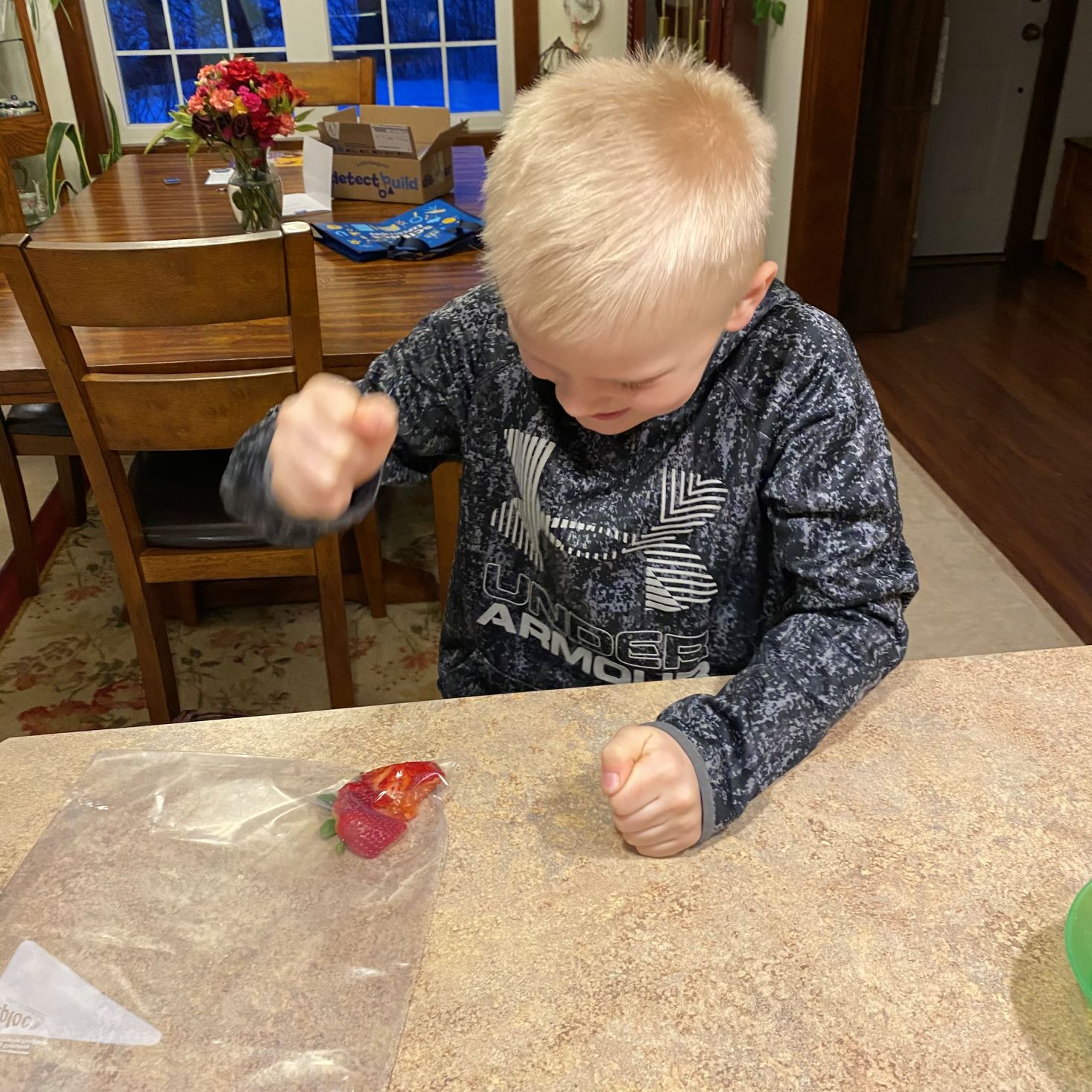

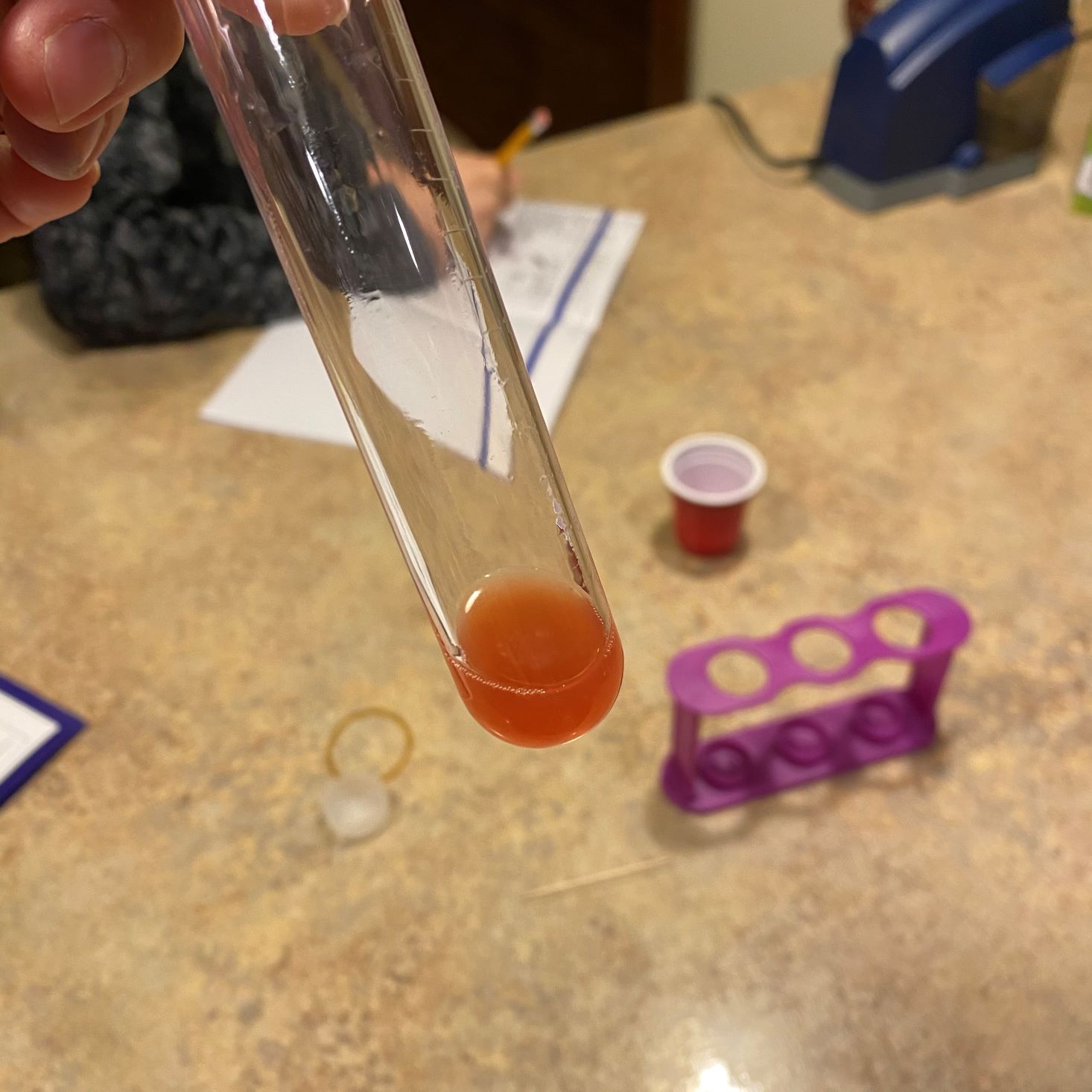




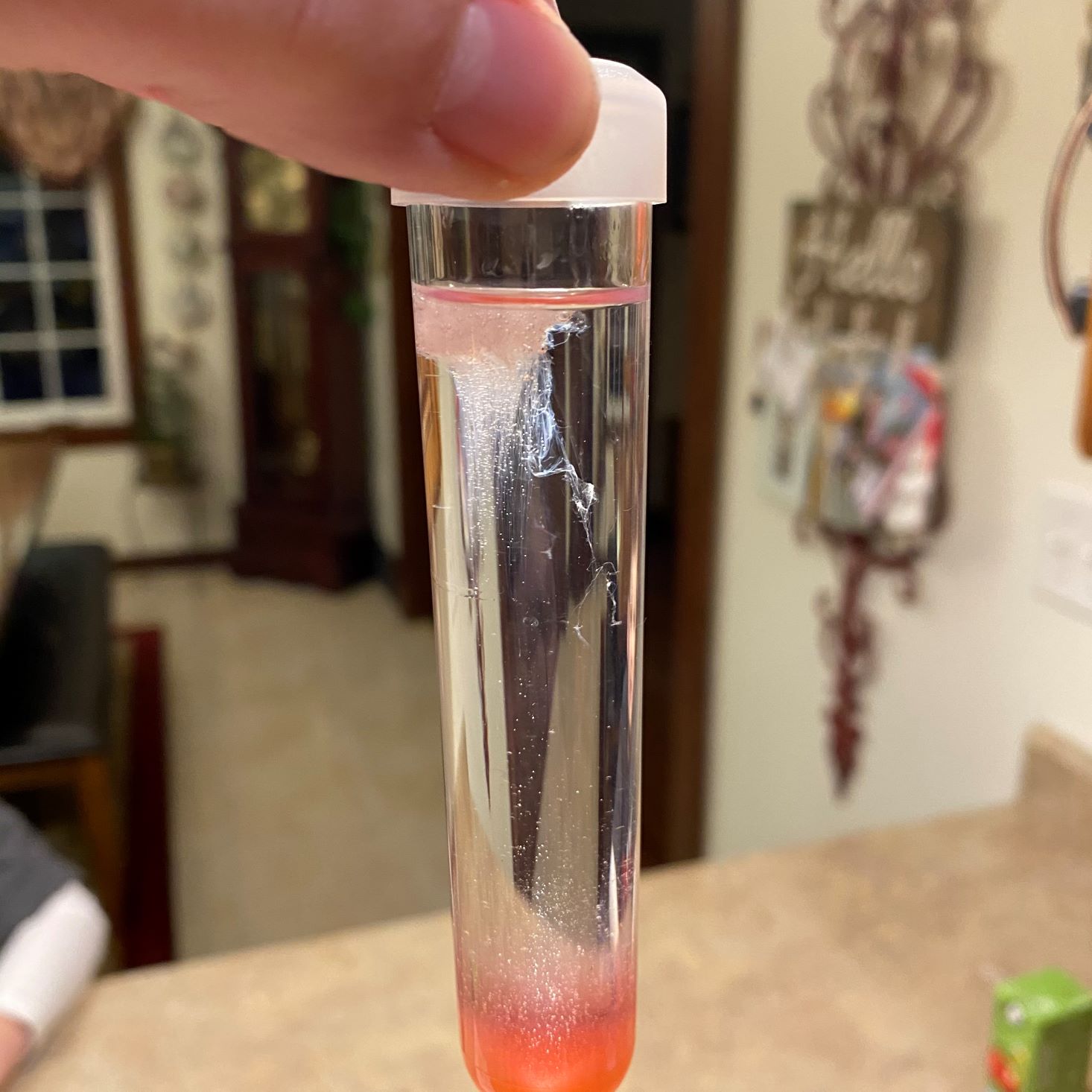

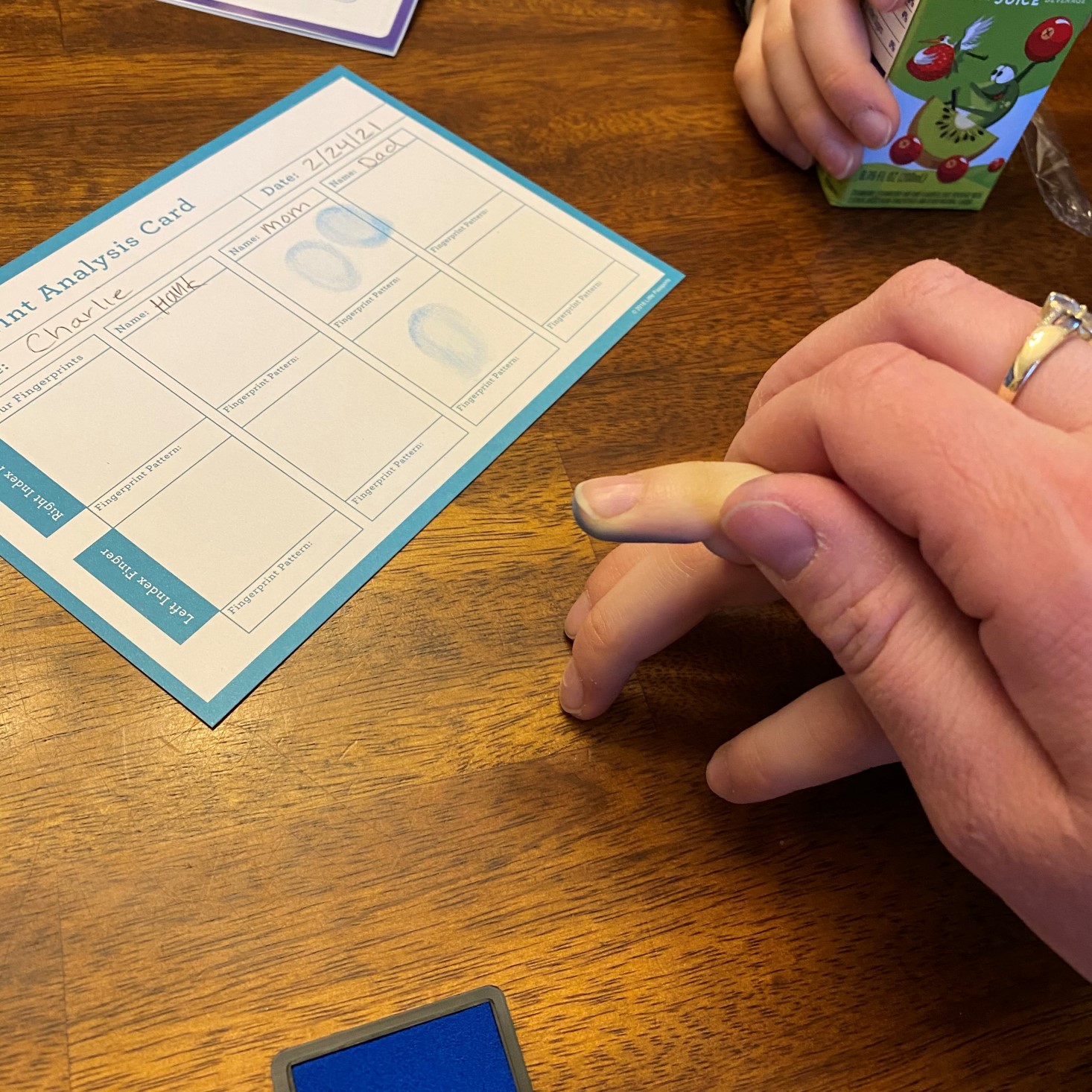
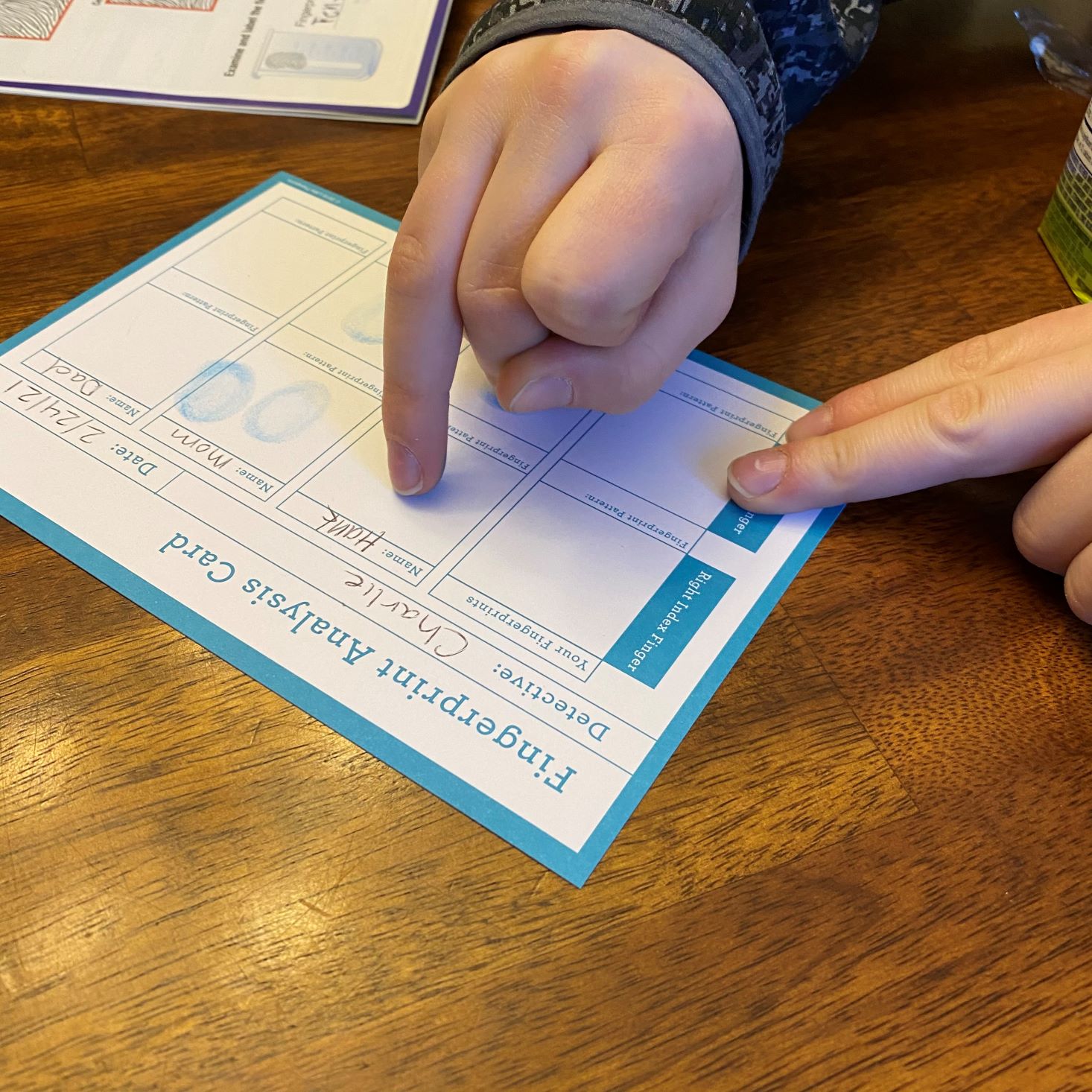




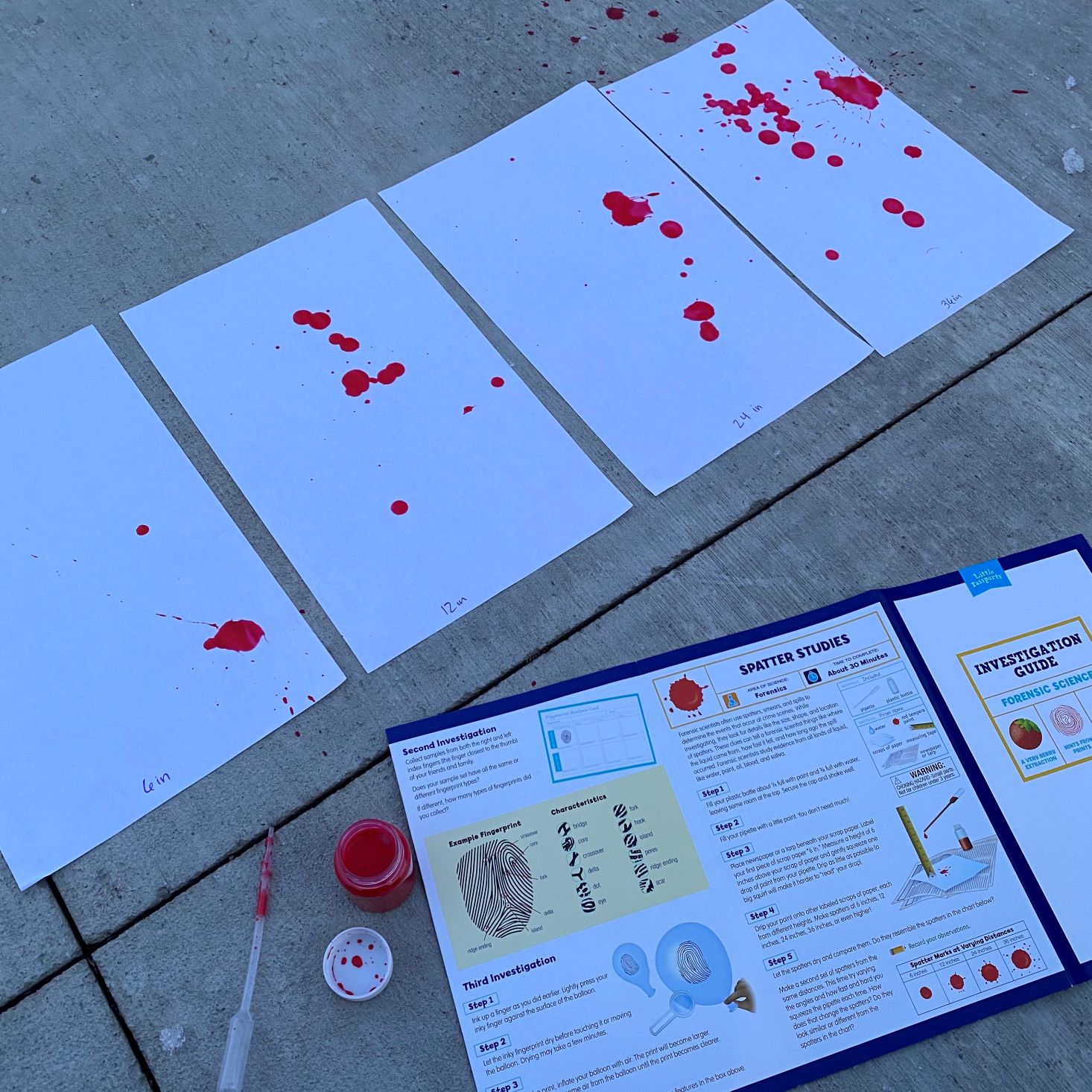
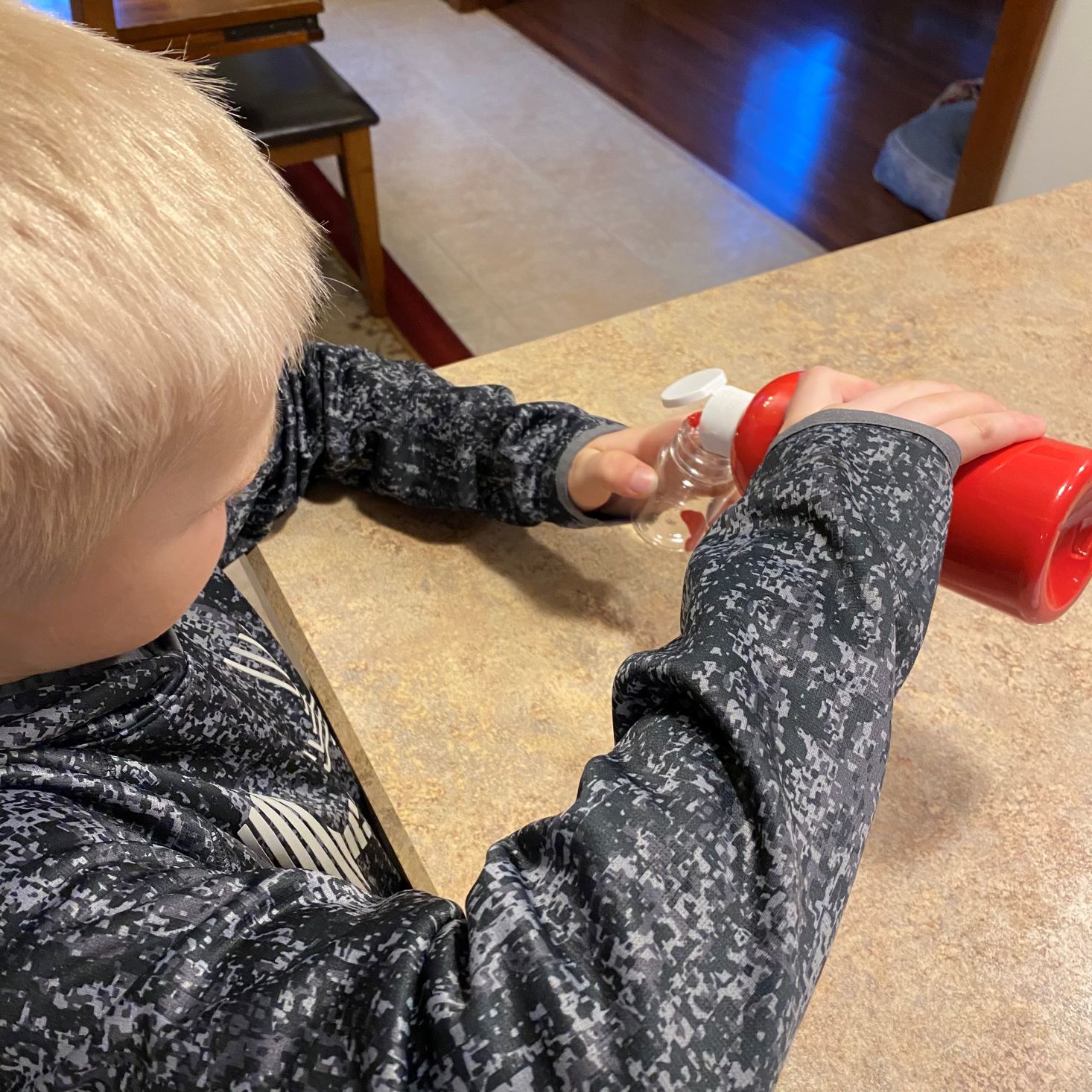





Please do not enter your email address in the Name field or in the comment content. Your email address will not be published. Required fields are marked *. Remember to post with kindness and respect. Comments with offensive language, cruelness to others, etc will not be approved. See our full comment policy here.